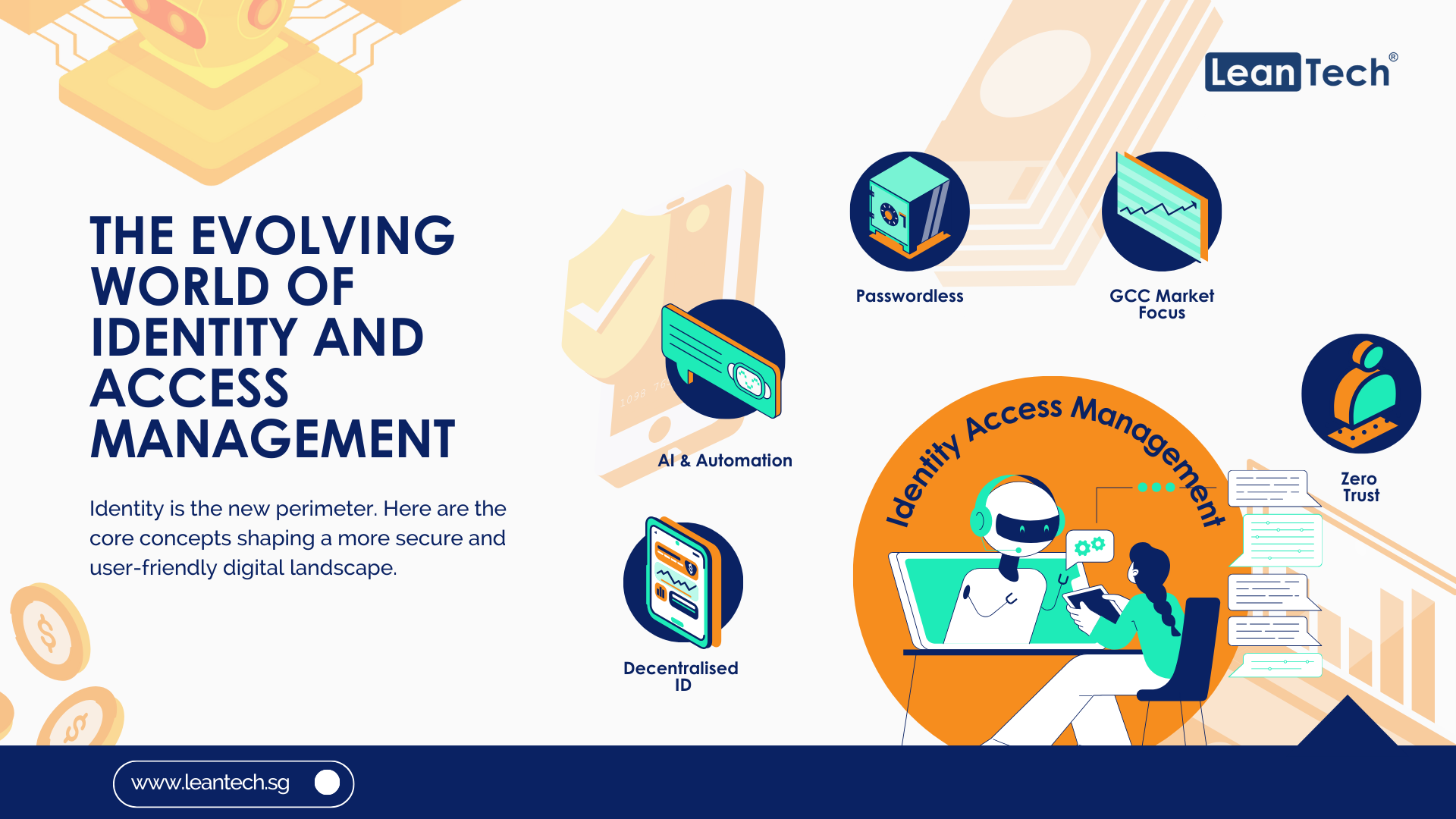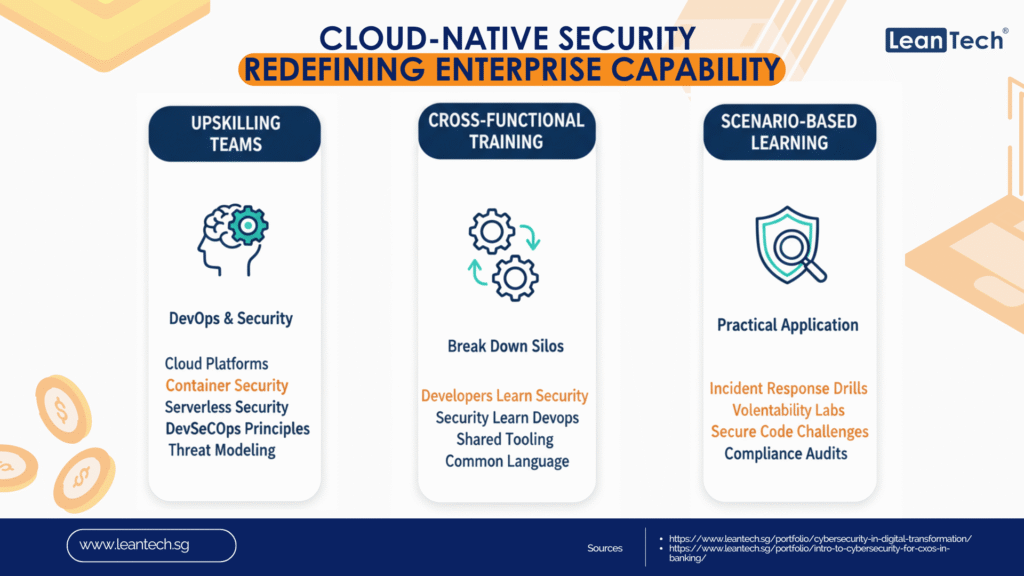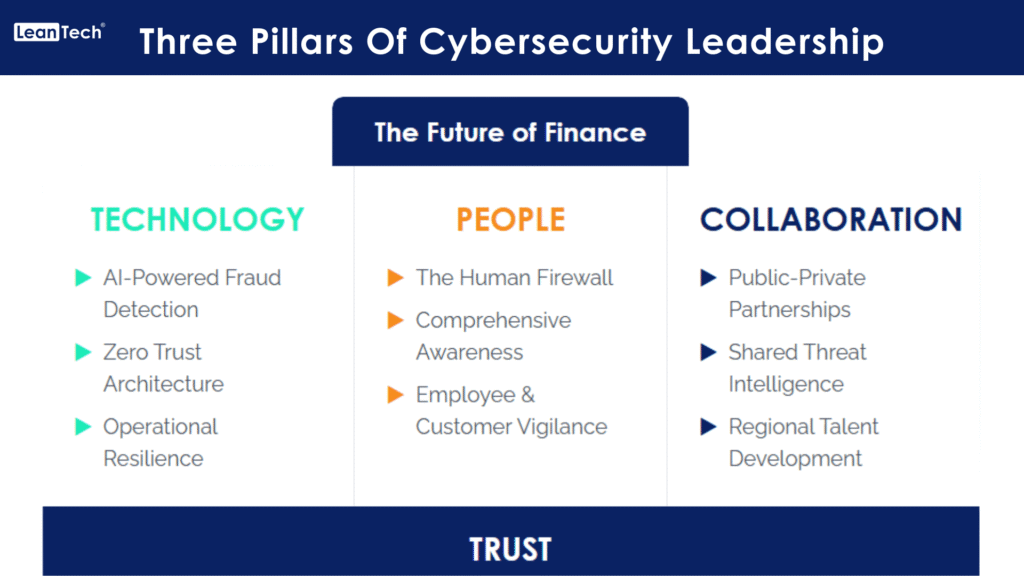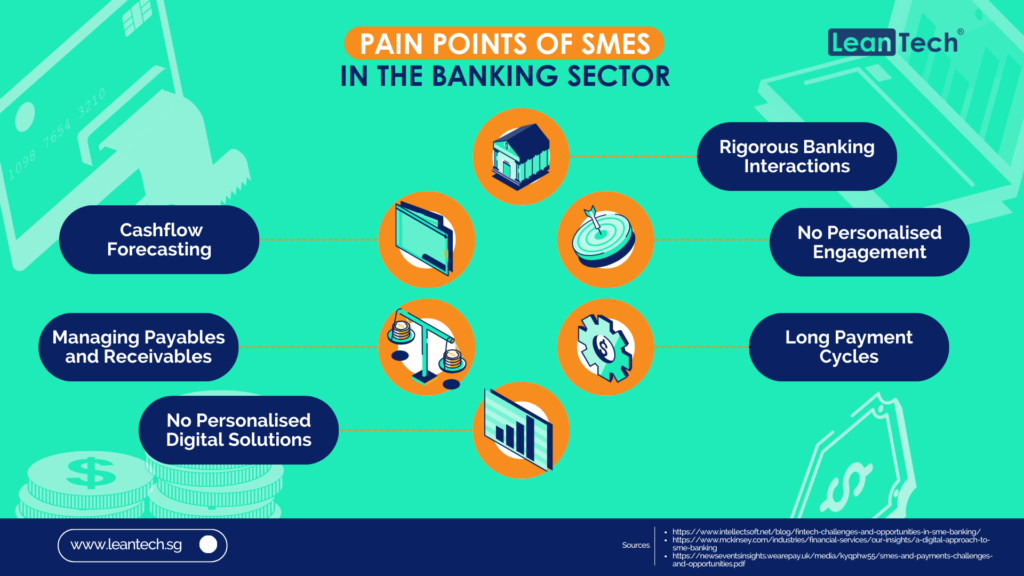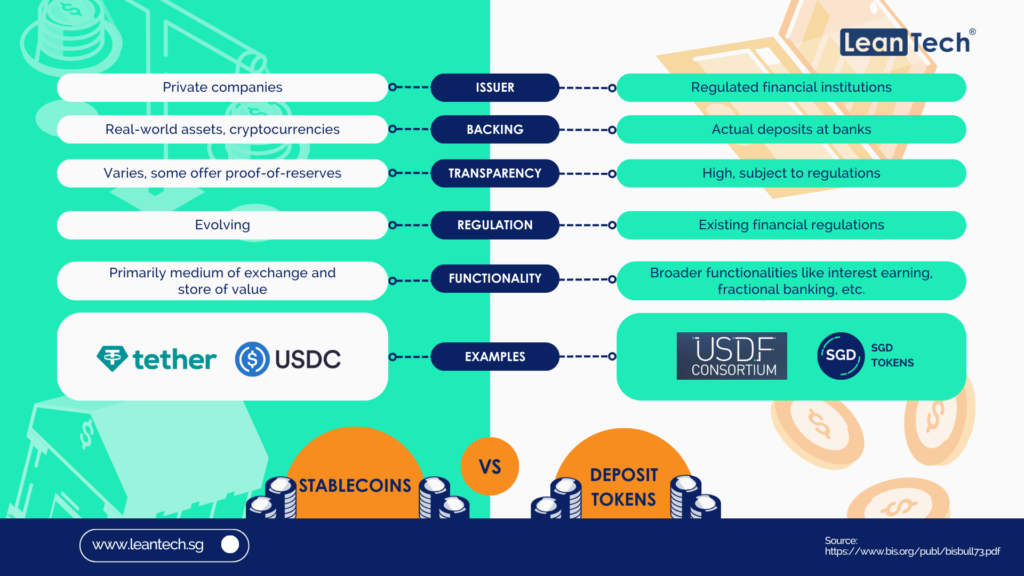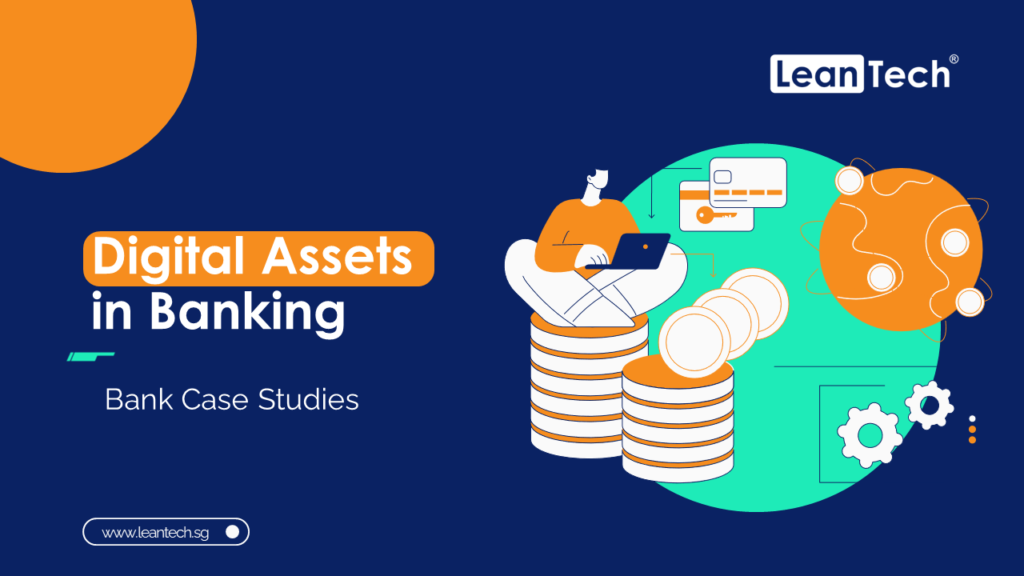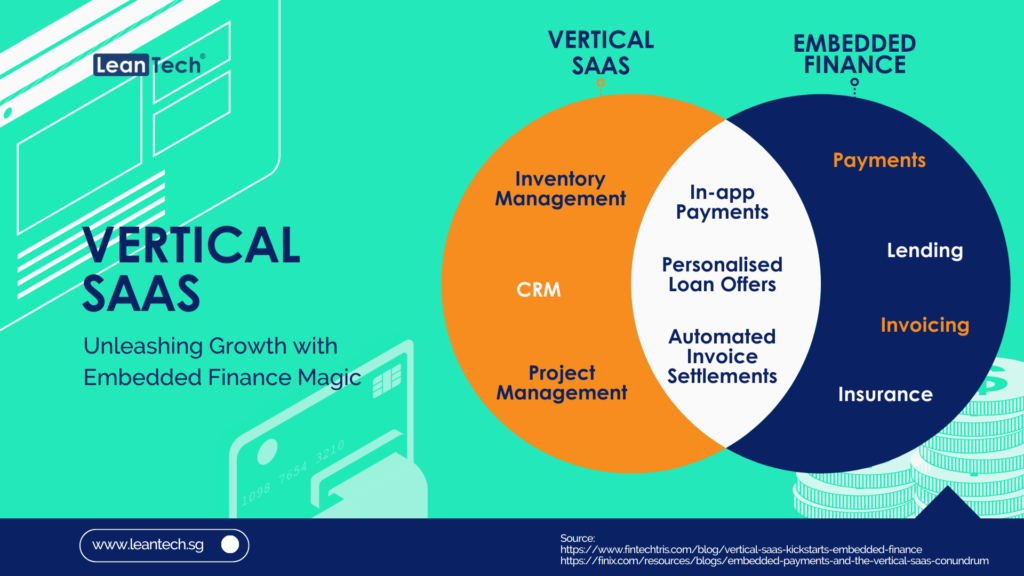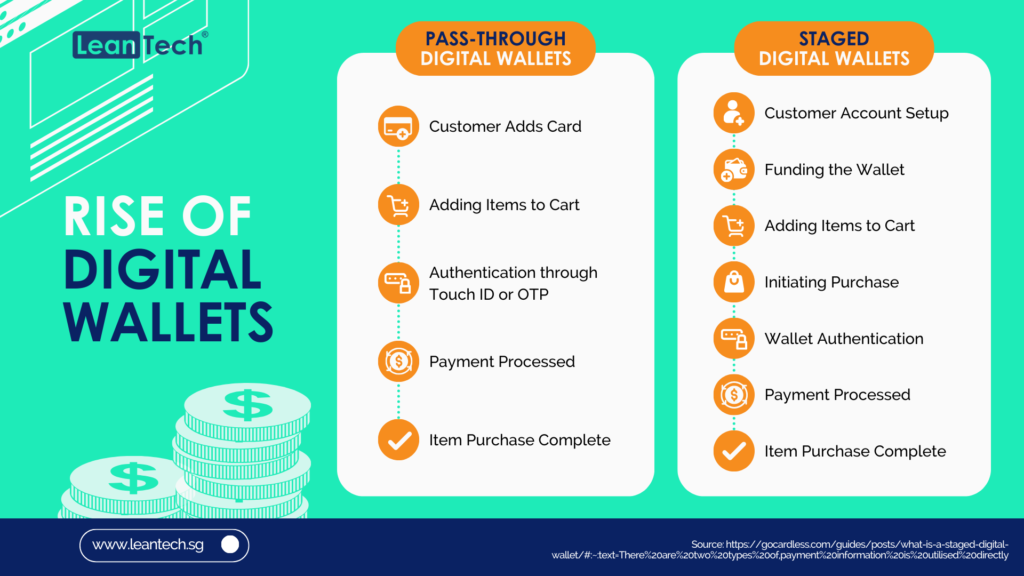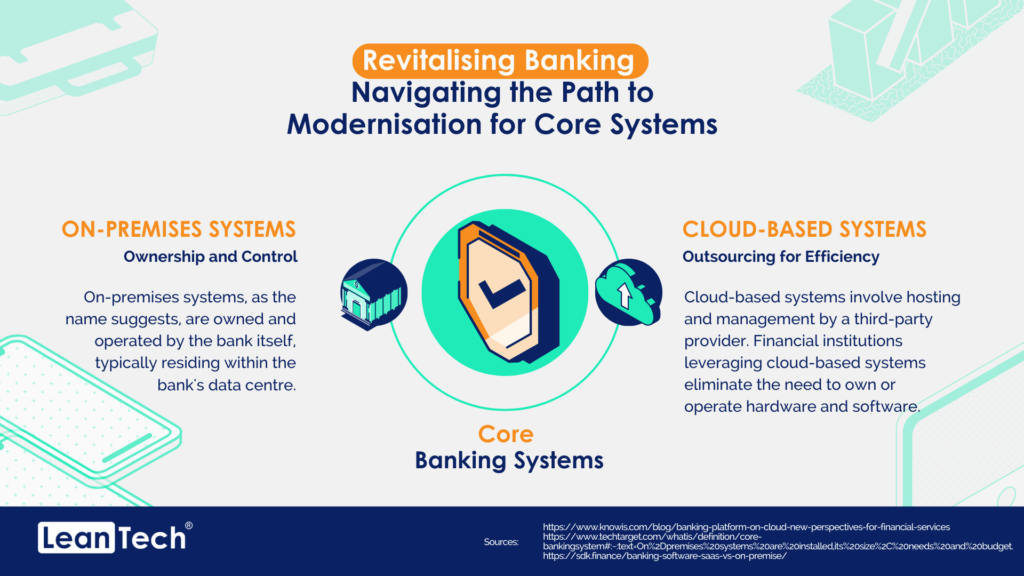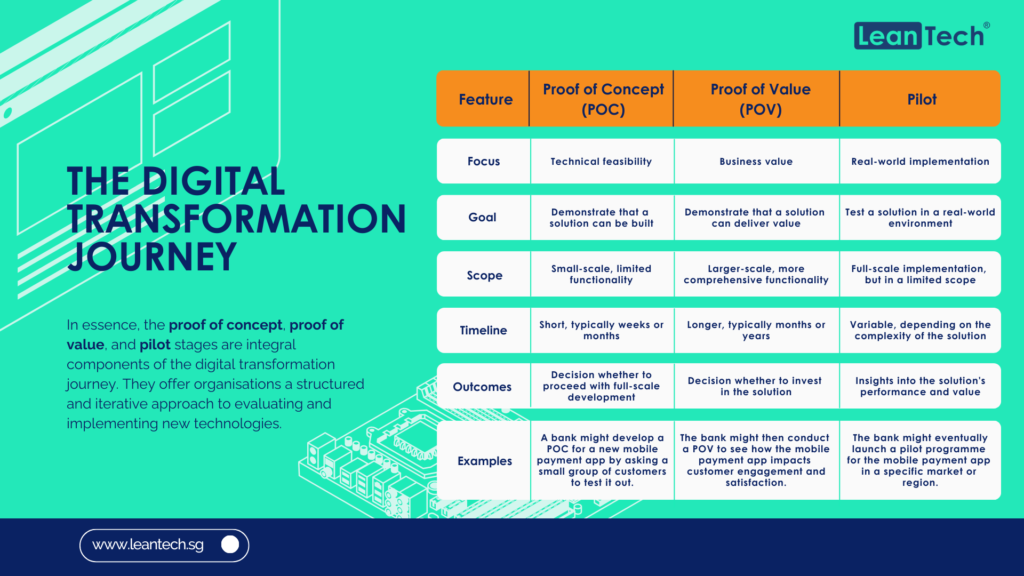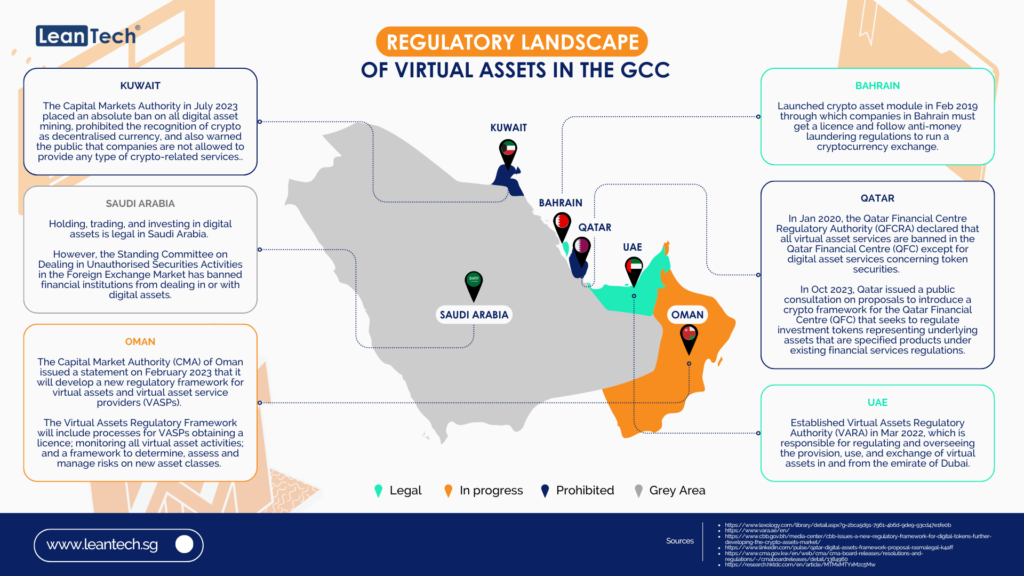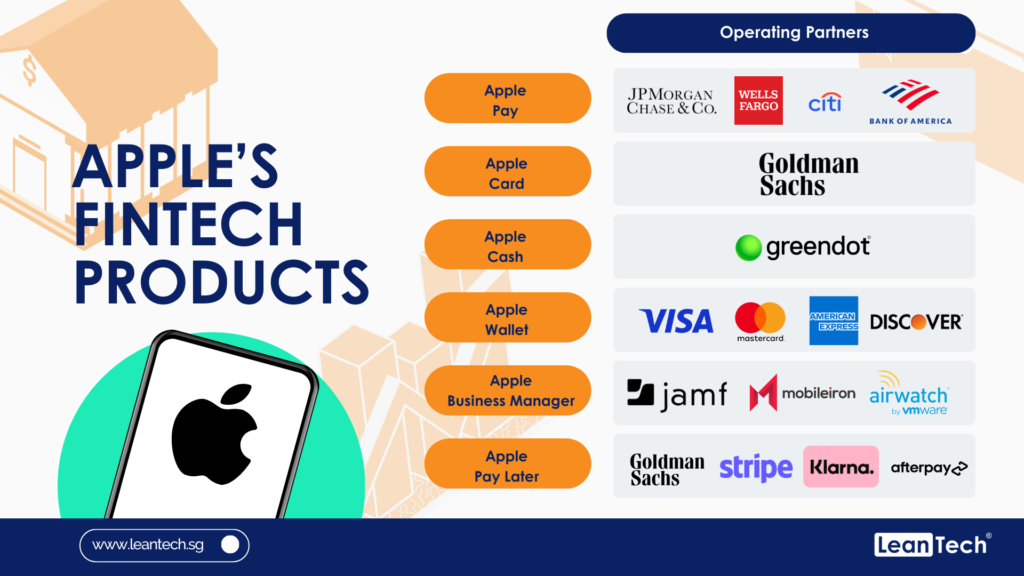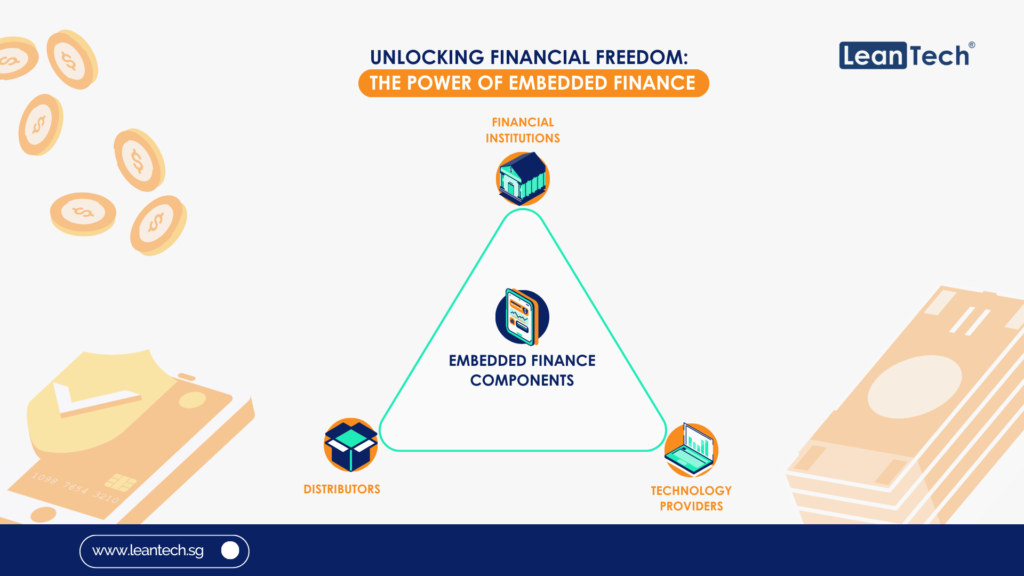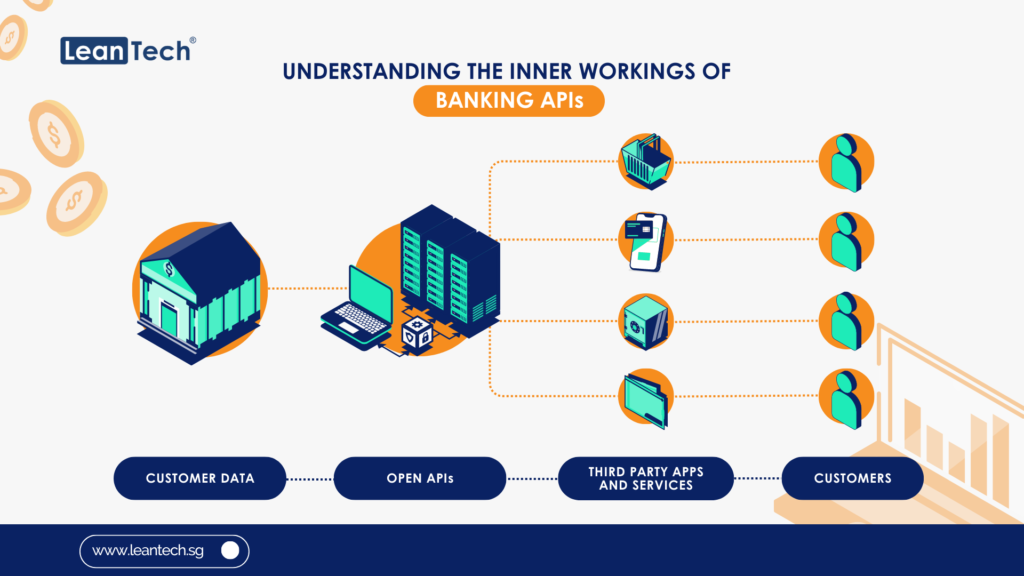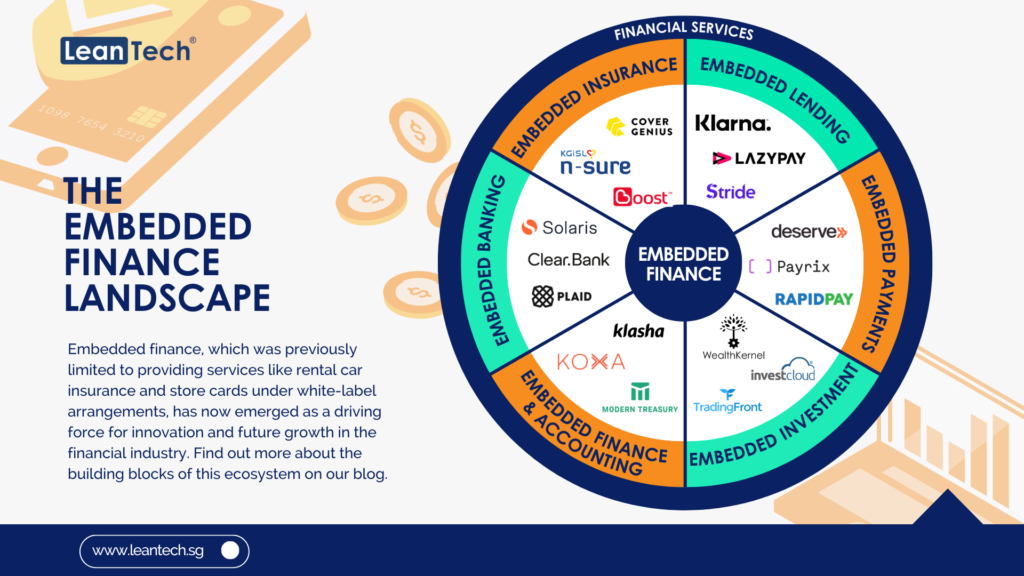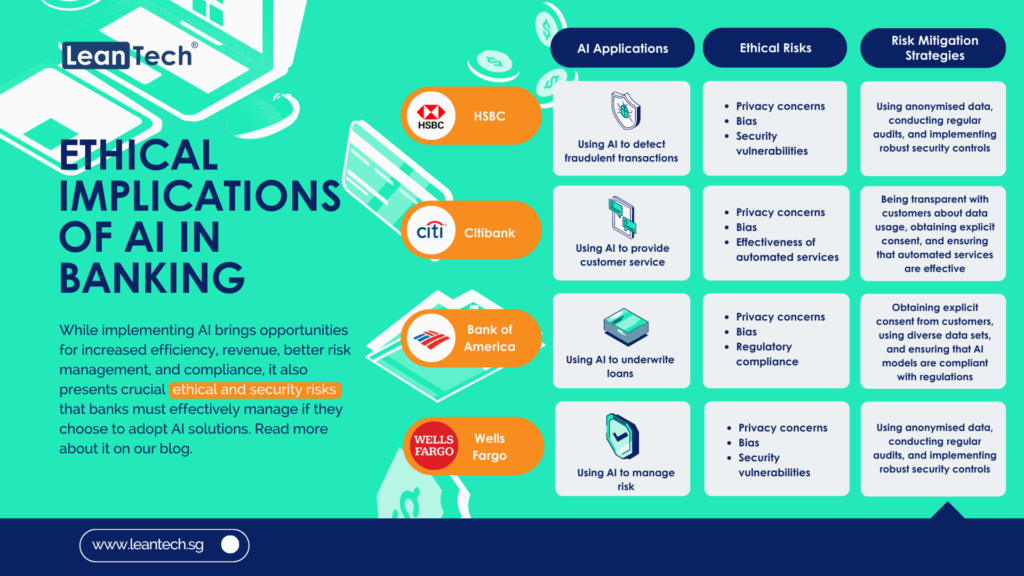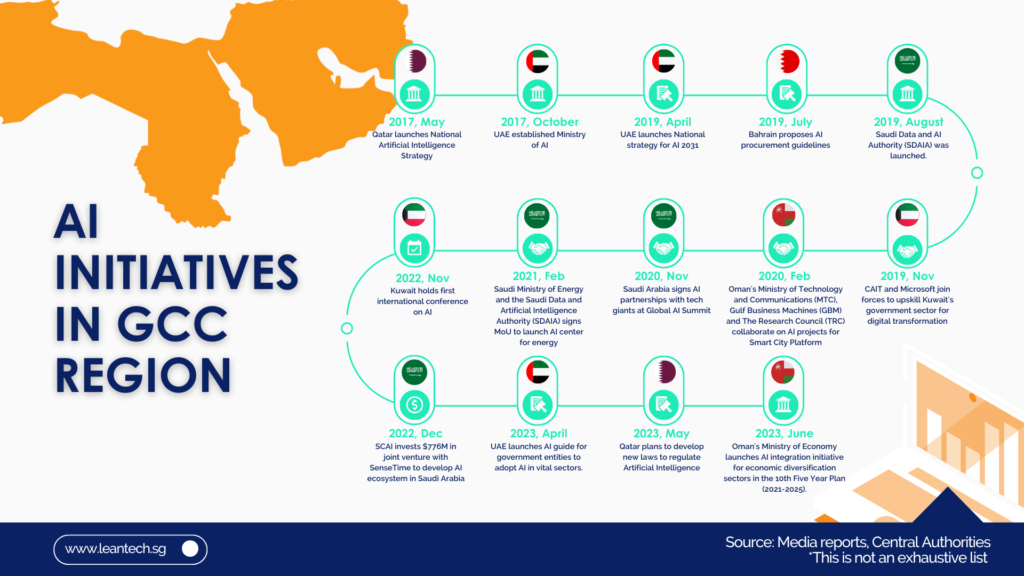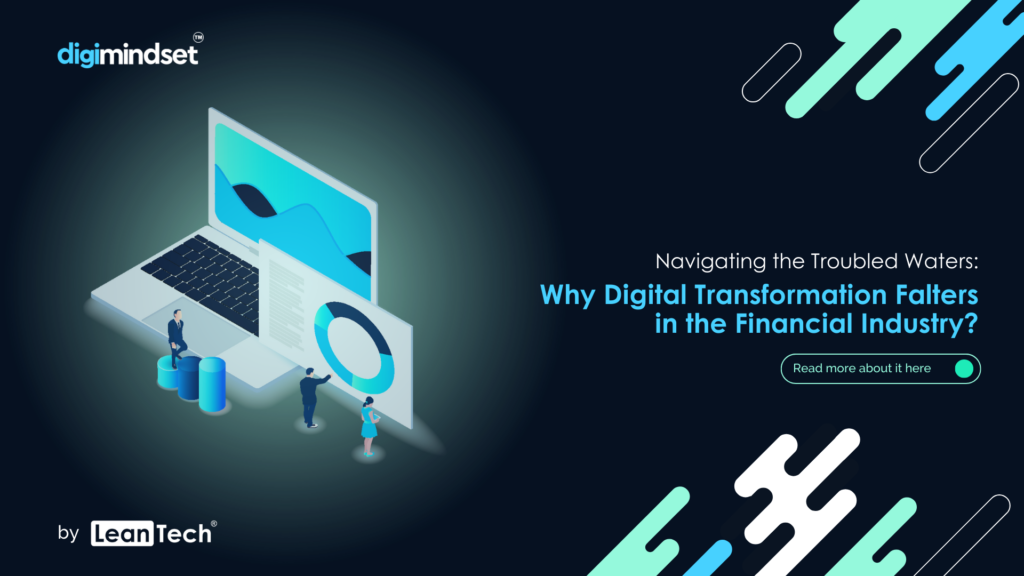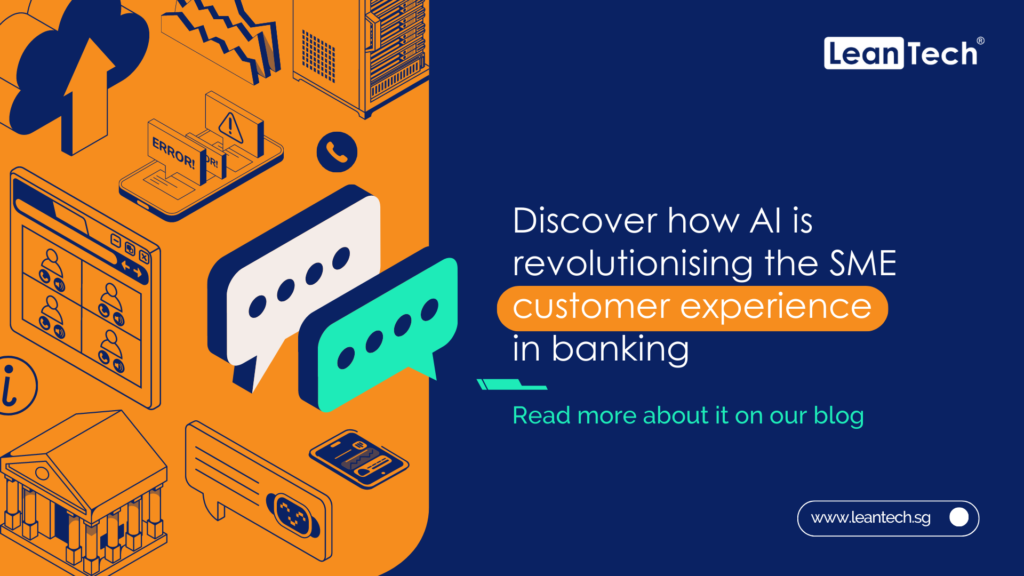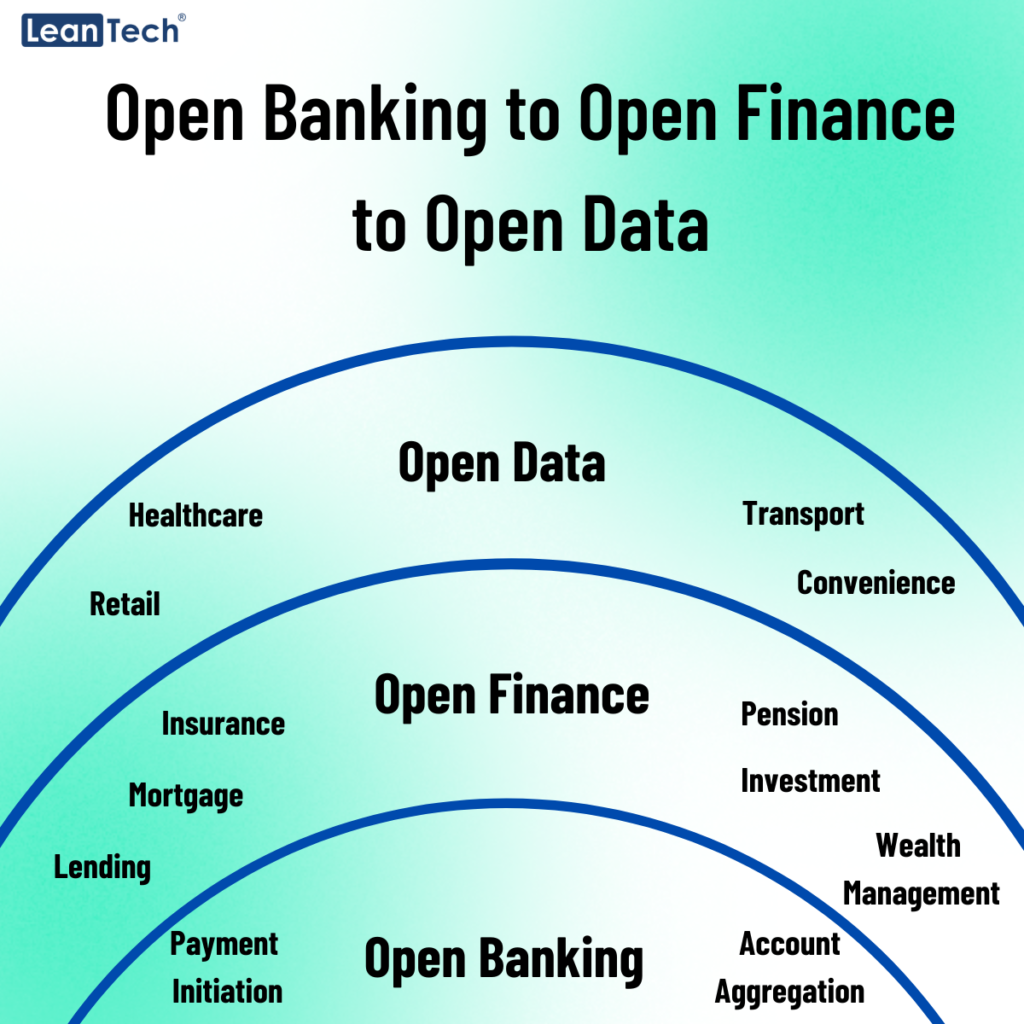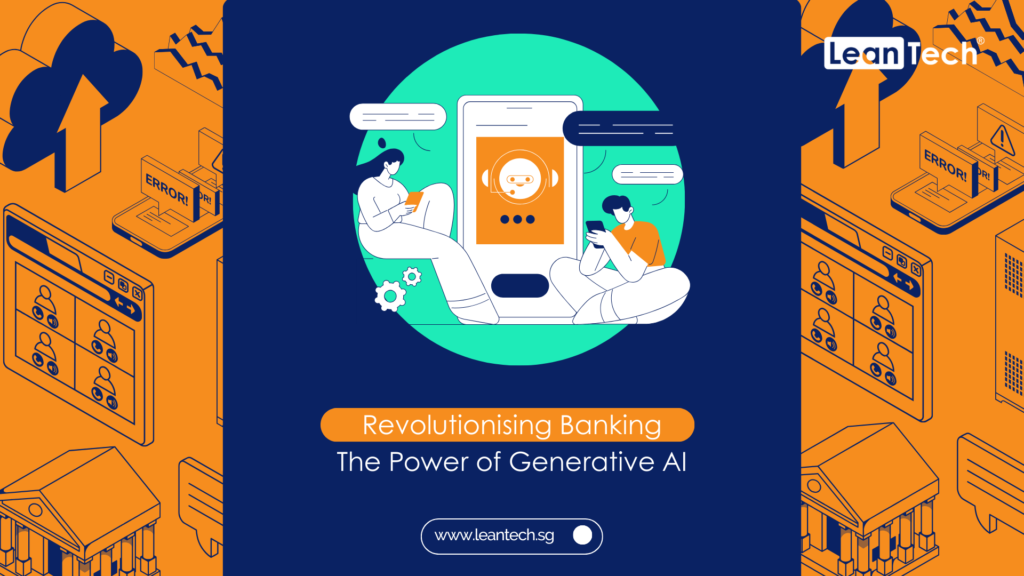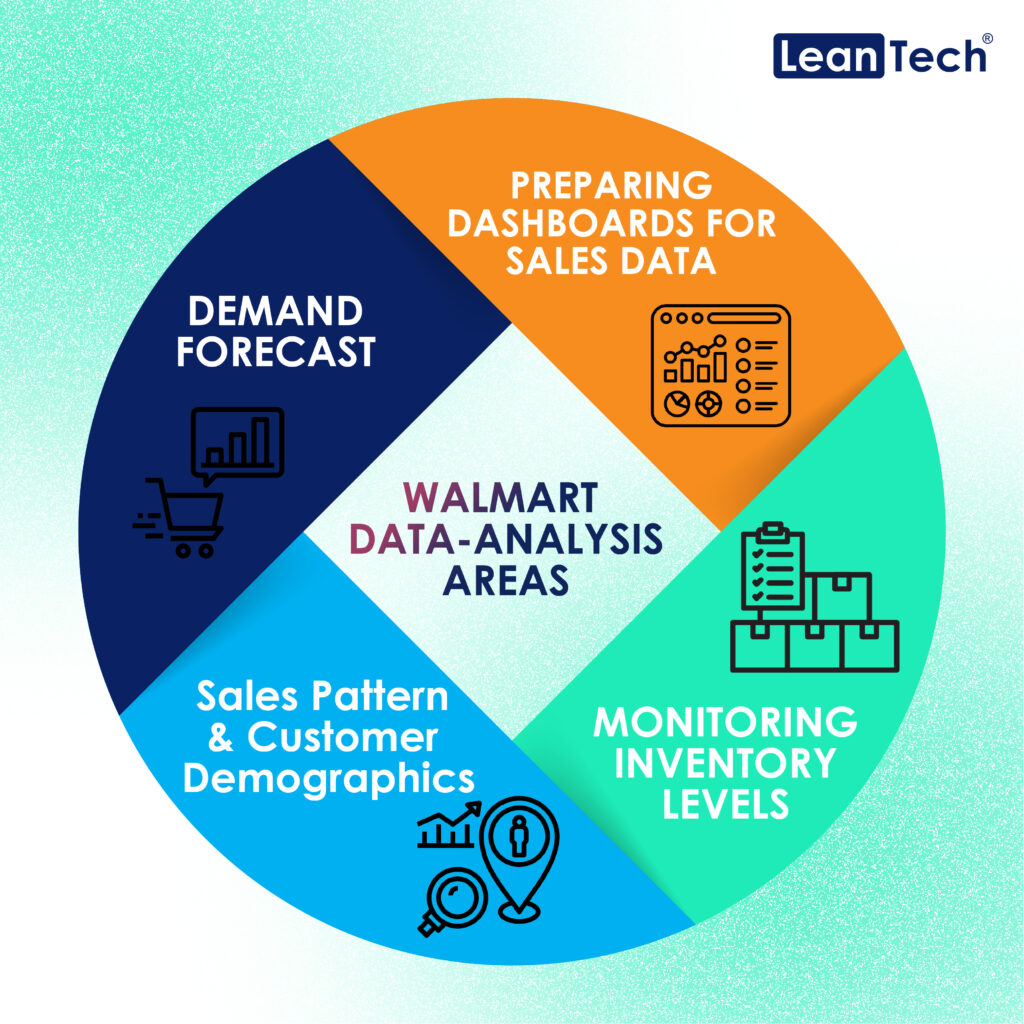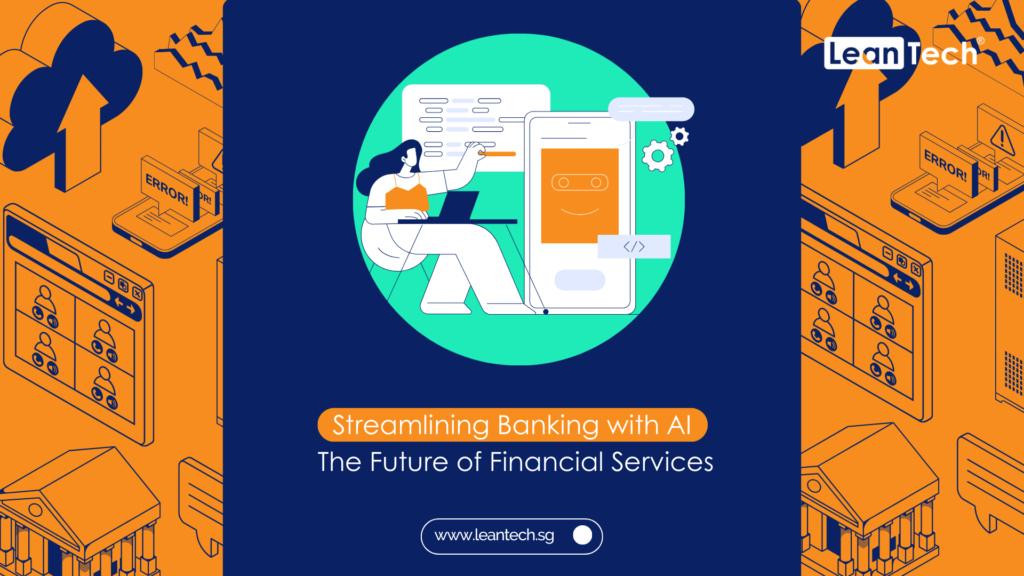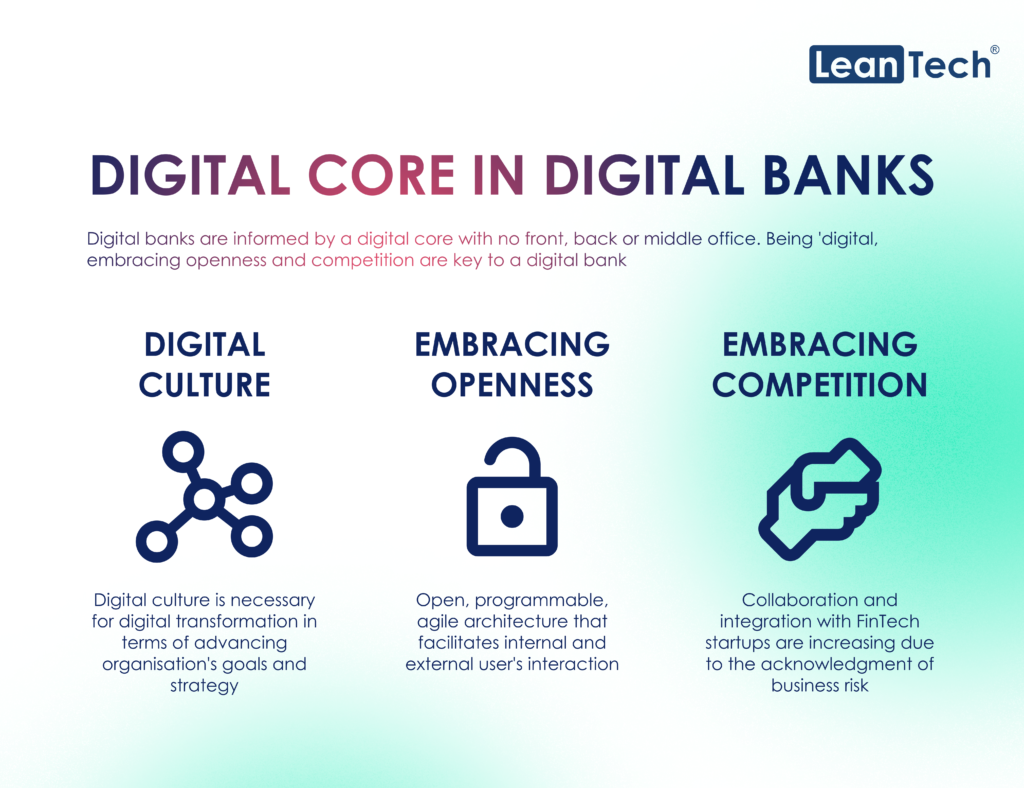The Gulf’s banking sector is racing toward a fully digital future, and identity management is at the heart of this transformation. By 2025, C-suite leaders will see IAM shift from a back-office necessity to a board-level priority. New technologies like passwordless logins, decentralised digital IDs, adaptive access control, and AI-powered monitoring are reshaping how banks secure accounts and meet regulators’ demands. These trends are not just IT talk, they promise real business benefits: faster onboarding and fewer help-desk tickets (operational efficiency), stronger fraud prevention (cybersecurity posture), compliance with emerging laws, and ultimately happier, more trusting customers.
Below we unpack each of these IAM innovations and what they mean for GCC banks, from Saudi Arabia’s Vision 2030 digital push to the UAE’s biometric ID strategy, with a focus on value, not jargon.
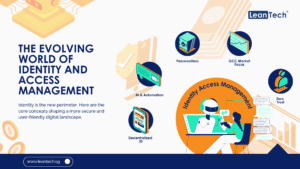
1. Decentralised Digital Identity: Putting Customers in Control
What it is: Decentralised identity (sometimes called self-sovereign identity) lets individuals hold their own identity credentials in a digital wallet and share only what is needed. Instead of a bank or government holding a single master record, identity is verified via blockchain-like “verifiable credentials.”
Business impact: This model offers stronger privacy and security while improving user trust. Early pilots in banking, from supplier onboarding to cross-border KYC, show that decentralised IDs can speed up verification and cut fraud. For example, governments are beginning to issue digital ID wallets under global standards. Saudi Arabia’s Vision 2030 already emphasises streamlined digital services, and the UAE’s national e-ID systems such as UAE Pass provide a foundation for this approach.
Compliance and trust: Decentralised IDs can help meet new data laws by minimising data copies. Saudi Arabia’s PDPL privacy law and similar frameworks across the GCC encourage giving customers more control over their data. By adopting verifiable credentials, banks reduce liability since less personal data sits in corporate databases. Customers gain confidence knowing their information is not widely shared.
2. Passwordless Authentication: Eliminating the Weak Link
What it is: Passwordless authentication means logging in with alternatives such as biometrics, hardware keys, or passkeys instead of passwords and SMS codes. These methods are inherently phishing resistant and faster for users.
Business impact: For banks, passwordless means smoother customer journeys and big cost savings. Studies show organisations see 50% fewer account lockouts and 75% fewer password resets after going passwordless. The UAE Central Bank has already banned SMS OTP codes by 2026, forcing banks to adopt biometrics and risk-based authentication. Banks like Emirates NBD and ADIB are moving away from OTPs to in-app biometric logins.
Compliance and trust: Passwordless systems meet regulatory calls for strong authentication. Passkeys tied to user devices and biometrics go beyond the requirements. Customers also appreciate the speed and ease, which builds loyalty and trust.
3. Adaptive Access Control: Smarter, Risk-Based Permissions
What it is: Adaptive access control dynamically adjusts authentication requirements based on risk signals. For example, a login from the customer’s usual device in their city might just need a fingerprint, while a high-value transfer from an unusual location may trigger an extra check.
Business impact: Adaptive access lets banks flex security without frustrating users. It directly improves efficiency, security, and conversion rates for digital onboarding.
Compliance and trust: Regulators increasingly expect risk-based authentication. In the UAE, rules already require real-time fraud monitoring and action on suspicious activity. Adaptive IAM provides this. Customers feel safer knowing unusual actions get extra scrutiny without being burdened by extra steps every time.
👉 If you are interested in building internal expertise around these technologies, our course on Cybersecurity Technologies, Identity and Access Management (IAM) offers executives and professionals a structured way to understand how passwordless, adaptive, and decentralised models can be applied in real banking contexts.
4. AI-Driven Threat Detection: Keeping Ahead of Hackers
What it is: Banks are under constant attack from identity-based fraud such as credential stuffing and account takeovers. AI-driven identity threat detection uses machine learning to spot anomalies in how identities are used.
Business impact: AI will be a frontline defender. These tools monitor login patterns, flag unusual behavior, and trigger actions in real time. For security teams, this shortens incident response times and reduces workload.
Compliance and trust: GCC frameworks such as Saudi Arabia’s NCA and PDPL emphasise protection of personal data. AI-driven monitoring helps banks prove they are actively watching for breaches while reducing identity-related incidents. Customers gain trust knowing their bank is proactively defending them against fraud.
5. Making It All Work: Compliance, Efficiency and Trust
These IAM trends directly affect compliance, efficiency, and trust in Gulf banking:
Regulatory alignment: Passwordless and adaptive access help banks comply with new mandates and digital ID initiatives like UAE Pass and Saudi Absher.
Operational efficiency: Automated IAM reduces manual overhead, cuts helpdesk costs, and speeds up onboarding.
Cybersecurity posture: Removing passwords and using AI reduces identity failures, which are a leading cause of breaches.
Customer trust: Smooth and secure experiences build loyalty in a digital-first market.
Key Pointers
- What is IAM in banking?
IAM in banking is the framework that ensures only the right people and systems securely access financial data and services.
- What are the 4 pillars of IAM?
The four pillars are Authentication, Authorisation, Administration, and Audit.
- What is identity and access management?
Identity and access management is the process of verifying users and controlling their access to systems, data, and applications.
- What are the 4 A’s of IAM?
The four A’s are Authentication, Authorisation, Administration, and Auditing.
The Way Forward
For banking leaders in the GCC, Identity and Access Management is no longer just an IT concern, it is central to building trust in a digital-first world. The shift to passwordless logins, adaptive controls, decentralised identities, and AI-driven defenses may feel complex, but it also creates an opportunity to simplify operations and strengthen customer confidence.
The real task ahead is to treat IAM as a strategic enabler rather than a compliance hurdle. Banks that invest with foresight will not only stay ahead of regulations, they will also create secure, seamless experiences that deepen loyalty and position them as leaders in the region’s digital transformation.

